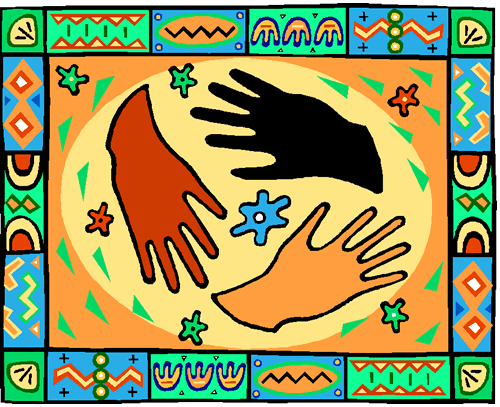My presentation centered on the fact that there is an alarmingly disproportionate amount of white people involved in environmental organizations. Minorities are severely underrepresented and do not seem to be motivated to get involved, even though studies have shown that minorities tend to be more affected by pollution problems than whites. After the class discussion, a few main topics were distinguished.
First is whether it is a race (social) issue or do minorities tend to simply have other priorities. Does there exist some social stigma that is preventing minorities from becoming involved? Or is it more because minorities tend to be more impoverished and have to deal with other issues such as racism and discrimination. The class seemed to be a little divided on the matter, and I think one would have to assume that the truth most likely lies somewhere in the middle of that spectrum.
Another issue that was raised is whether or not the environmental groups have developed into a “white” culture. While no one claims that these groups are actively trying to stay away from minority members, the groups may have naturally developed some intangible culture that may be more prone to attract white members. This contention was also debated, and no definitive conclusion was reached, as it is an exceptionally hard thing to prove.
What was agreed upon was the need for minorities to have a greater representation in the movement. This representation would not only benefit minorities, but the groups themselves would benefit from a more diverse collection of viewpoints and opinions. In order to solve a problem as wide scale as environmental abuse, all of societies subcultures must be heard and involved.

http://www.phila.k12.pa.us/schools/harding/Images/Diversity_Hands.gif